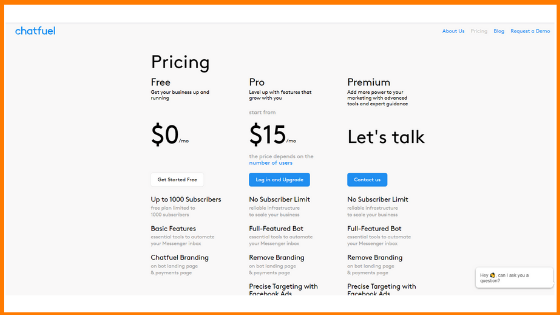

You'll notice that when a user submits their message, we now chain three event events with. Response.then(lambda: gr.update(interactive=True), None,, queue=False) Response = msg.submit(user,, , queue=False).then( Return gr.update(value="", interactive=False), history + ] Second, we can have the user message appear immediately in the chat history, while the chatbot's response is being generated. First, we can stream responses so the user doesn't have to wait as long for a message to be generated. There are several ways we can improve the user experience of the chatbot above. Of course, in practice, you would replace respond() with your own more complex function, which might call a pretrained model or an API, to generate a response.įinally, when the Clear button is clicked, we assign None to the value of the Chatbot to clear its entire history.

The respond() function also clears the textbox when it returns. We have a single function, respond(), which takes in the entire history of the chatbot, appends a random message, waits 1 second, and then returns the updated chat history. A Clear button to clear the entire Chatbot history.A Textbox where the user can type their message, and then hit enter/submit to trigger the chatbot response.A Chatbot, whose value stores the entire history of the conversation, as a list of response pairs between the user and bot.Msg.submit(respond,, )Ĭlear.click(lambda: None, None, chatbot, queue=False)
Create chatbot using javascript code#
Here's the code to create this with Gradio:īot_message = random.choice()Ĭhat_history.append((message, bot_message)) As you may have noticed, our bot simply randomly responds "How are you?", "I love you", or "I'm very hungry" to any input. Let's start with recreating the simple demo above. You can read the Guide to Blocks first if you are not already familiar with it. Prerequisite: We'll be using the gradio.Blocks class to build our Chatbot demo. The chatbot interface that we create will look something like this:
Create chatbot using javascript how to#
This tutorial will show how to make several kinds of chatbot UIs with Gradio: first a simple one to display text, second one to stream text responses, and finally a chatbot that can handle media files as well. Using gradio, you can easily build a demo of your chatbot model and share that with your users, or try it yourself using an intuitive chatbot GUI.

Because chatbots are designed to be used directly by customers and end users, it is important to validate that chatbots are behaving as expected when confronted with a wide variety of input prompts. Chatbots are widely used in natural language processing (NLP) research and industry.


 0 kommentar(er)
0 kommentar(er)
